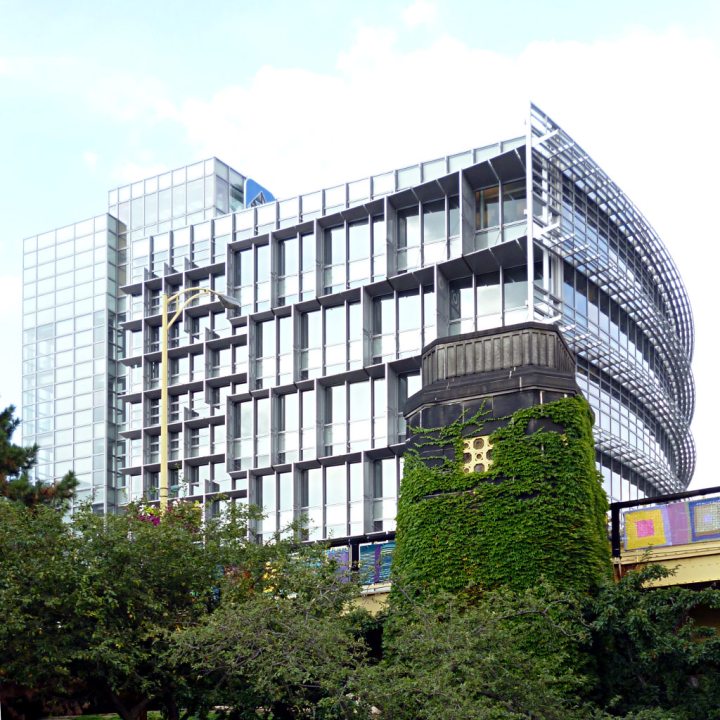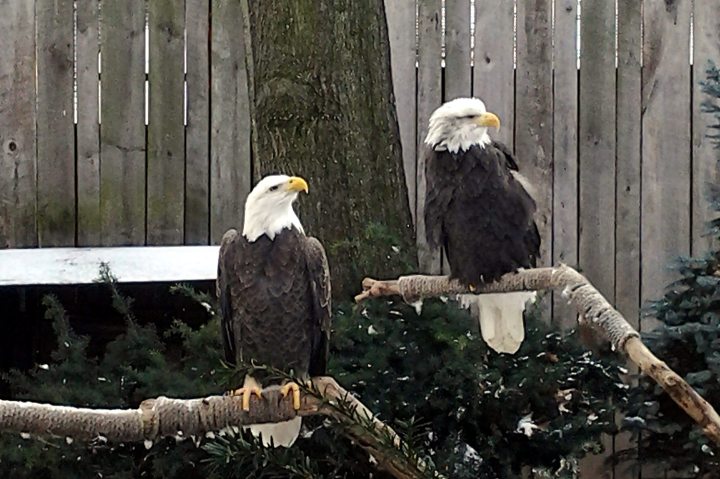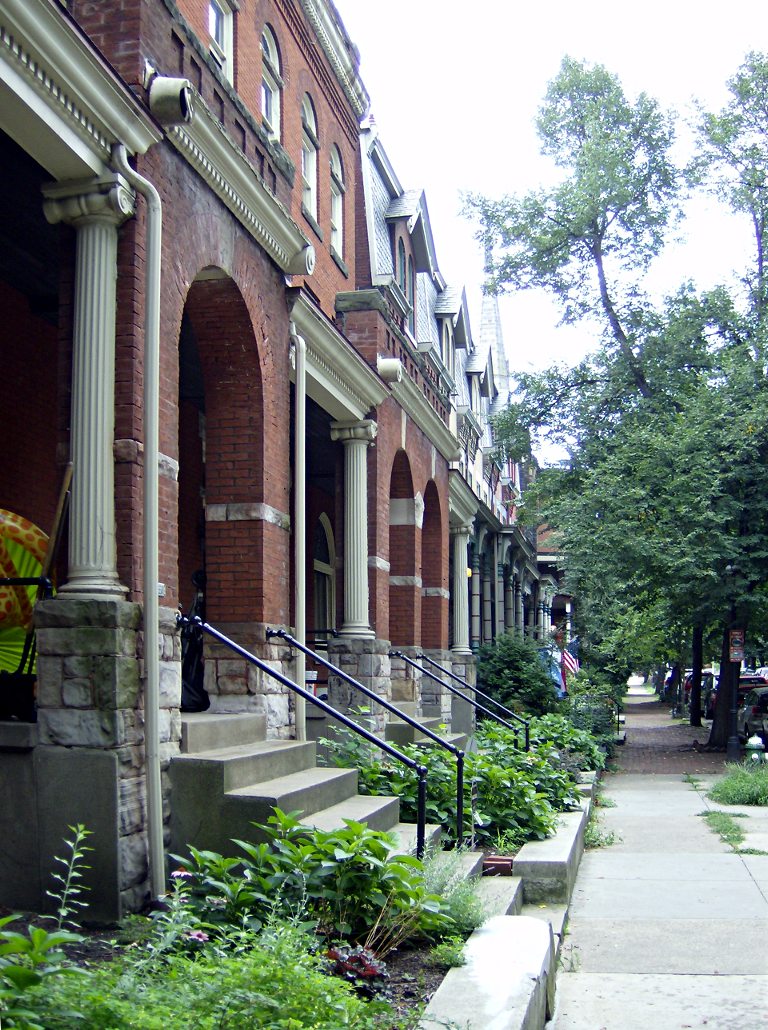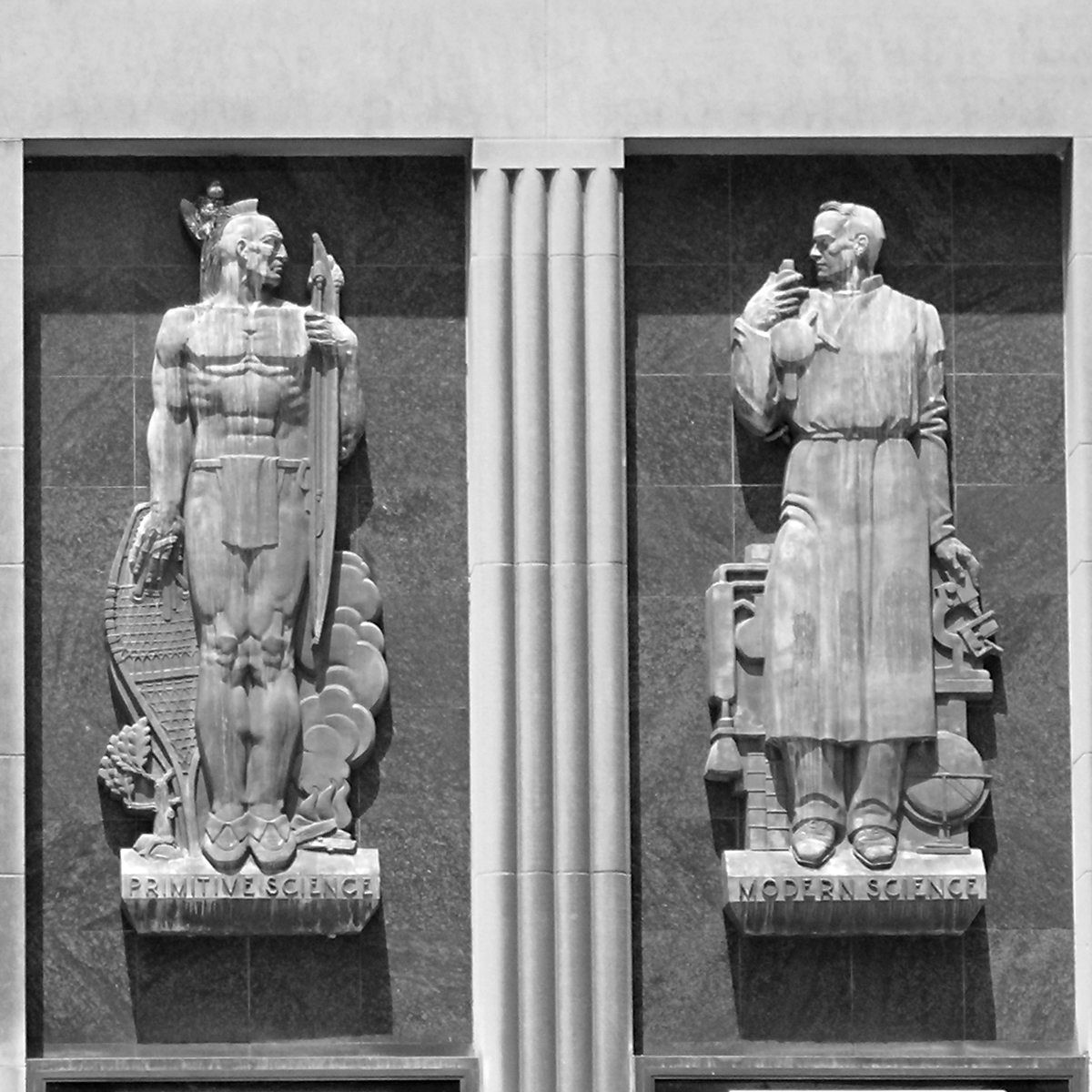This photograph from Frank Curto Park, across the Allegheny, reminded Father Pitt of the old sepia gravure factory prints of a hundred years ago. So why not offer it in sepia tones? Much of the old Heinz complex is now loft apartments, but the buildings are remarkably intact, and on the National Register of Historic Places.
-
H. J. Heinz Factory
-
Heinz Field
Heinz Field seen from Mount Washington on a sunny morning.
This picture is made available under the Creative Commons CC0 1.0 Universal Public Domain Dedication, so no permission is needed to use it for any purpose whatsoever.
-
Heinz Field and the Allegheny
-
Allegheny General Hospital
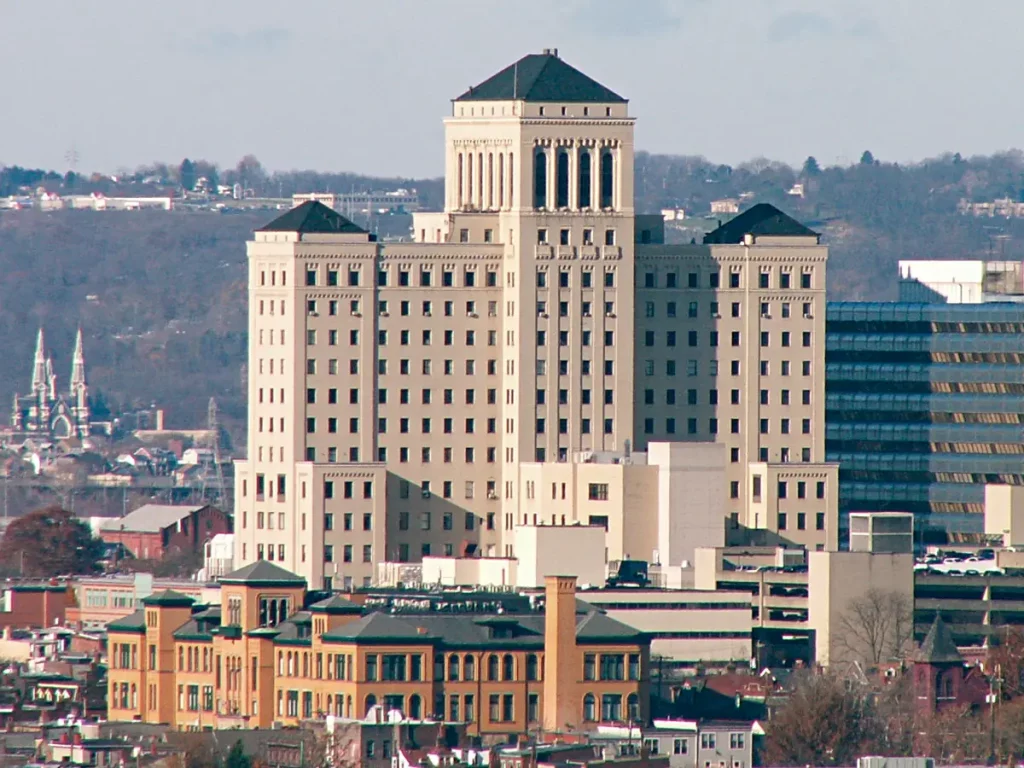
The only really elegant skyscraper on the North Side is this hospital, designed by York & Sawyer in 1926. The style is what old Pa Pitt likes to call “Mausoleum-on-a-Stick”: the central tower is topped by an Art Deco interpretation of the Mausoleum at Halicarnassus. This is one of three Mausoleum-on-a-Stick towers in Pittsburgh, and two of them are hospitals (the other being Presbyterian Hospital in Oakland). The third is the Gulf Building,which was designed by the originators of the style.
Below, we see the hospital with the narrow streets of Dutchtown in front of it.
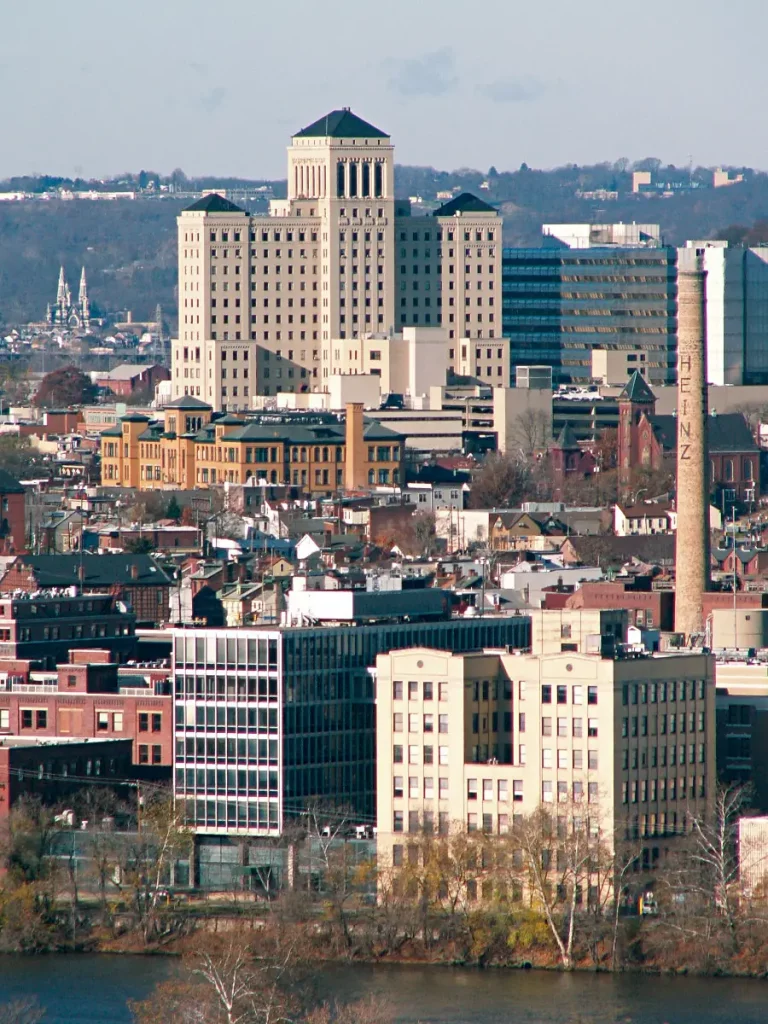

York & Sawyer built two skyscrapers in 1926 with notably similar designs. The other is the Royal Bank Tower in Montreal, which was the tallest building in the British Empire at the time (though it did not compare with the tall buildings of New York, Chicago, and Pittsburgh). The picture at left, by “Thomas1313,” was made available on Wikimedia Commons under a Creative Commons Attribution-Share Alike license.
-
Autumn in the Union Dale Cemetery

Cemeteries in Pittsburgh have the advantage of Pittsburgh topography to make them picturesque. Add fall colors, and the picturesqueness is irresistible. The Union Dale Cemetery is the premier address for deceased residents of the old City of Allegheny.


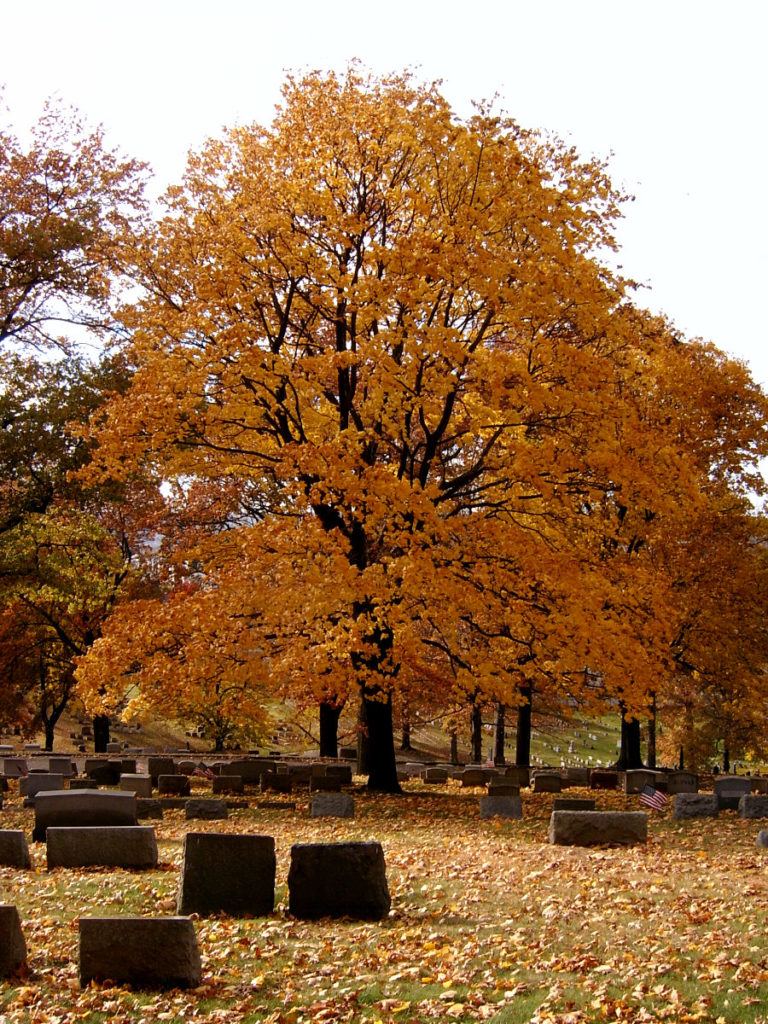
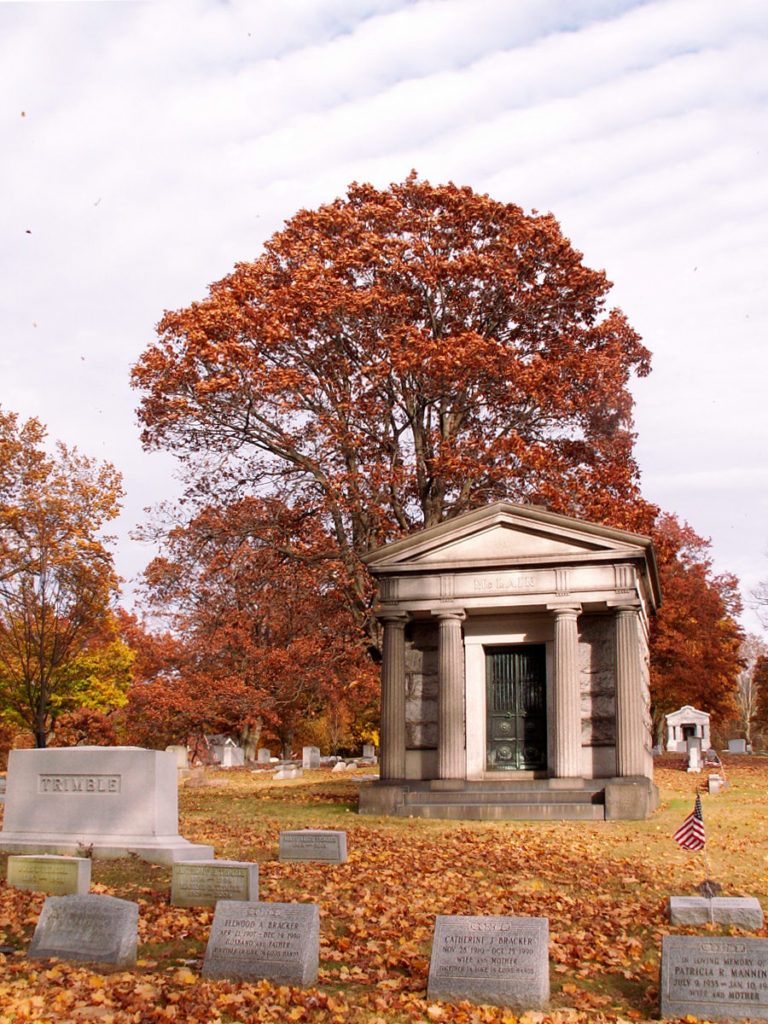
KONICA MINOLTA DIGITAL CAMERA 
KONICA MINOLTA DIGITAL CAMERA 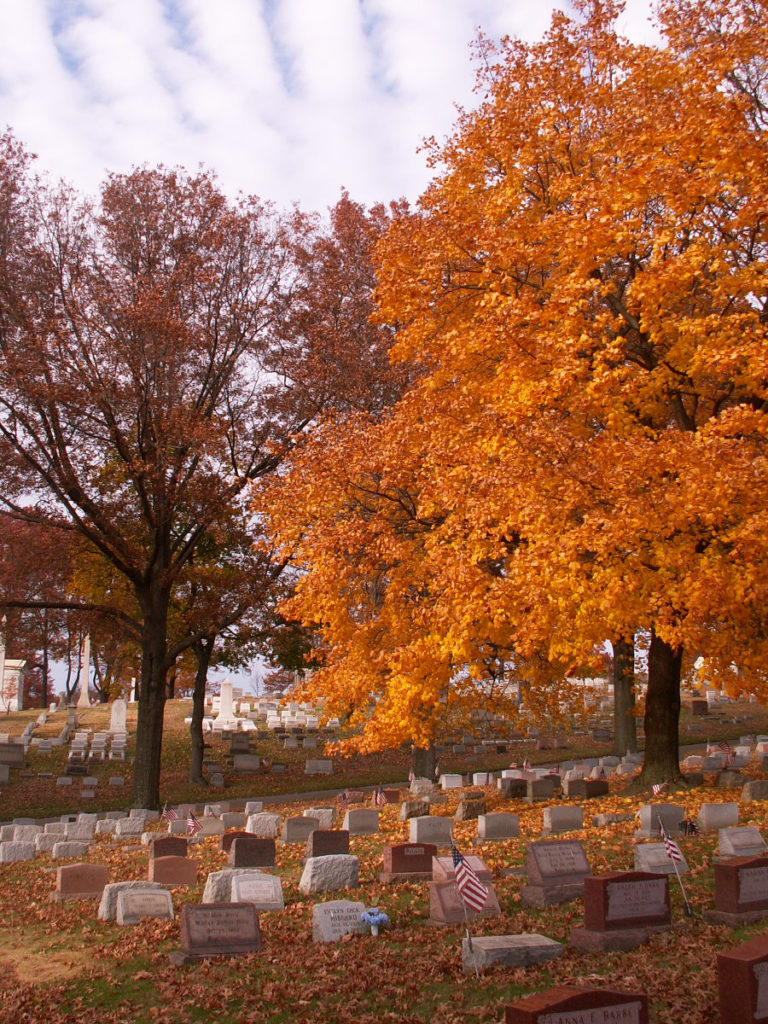
KONICA MINOLTA DIGITAL CAMERA -
Alcoa Building, North Shore
The new Alcoa Building, like the old, is a tribute to aluminum. Here we see the end of it that faces Sandusky Street, at the foot of the Andy Warhol Bridge.
-
Bald Eagles at the National Aviary
-
Burrowing Owl at the National Aviary
-
Sidewalks of Allegheny West
-
Primitive Science, Modern Science
These bronze reliefs by Sidney Waugh stand over what was once the main entrance to the Buhl Planetarium and Institute of Popular Science (to give its full title). From loincloths to lab coats is less of a distance than you might think: Waugh took pains to illustrate the remarkable cleverness of the “primitive” American Indians who had long-distance communication (via smoke signals) and snowshoes, an invention Waugh chose specifically because it arose only in North America and nowhere else. As for Modern Science, we should not underestimate the difficulty of imparting dignity to a figure in a lab coat, a feat Waugh has carried off with aplomb. To a world used to the opposition of modern science against primitive superstition, Waugh presents the two figures as engaged in exactly the same enterprise.




